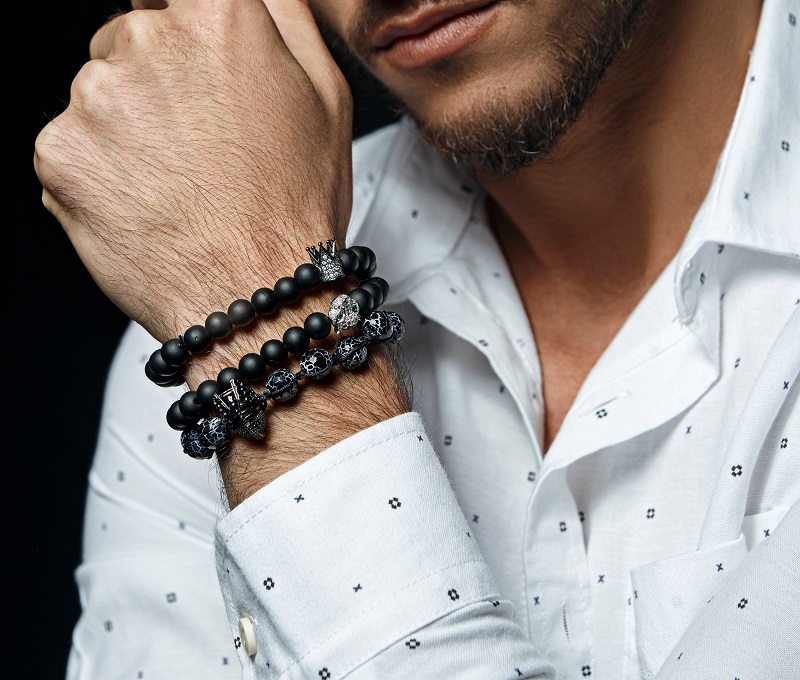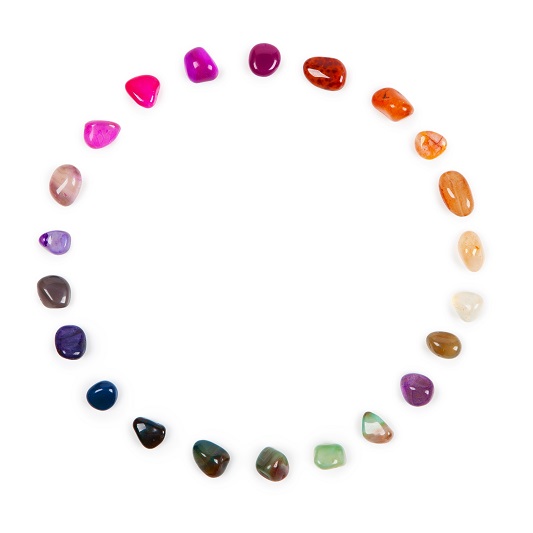Gemstone of the Week: Aquamarine

Ruby Buying Guide
29th September 2017
Dior Fine Jewellery
29th September 2017Deriving from an old Latin expression, the word aquamarine literally translates to ‘seawater’, which fits the precious stone perfectly. Famous for its deep sea-blue colouring, aquamarine is the official birthstone of those born in March. Boasting an incredible lustre when cut, often described as being similar to glass, the gemstone is found in a variety of colours from pale, pastel-blue to even a bluish green appearing similar to its sister-stone, emerald. While aquamarine and emerald are from the same family, the two stones generally look fairly different in appearance; emerald often appears hazy, whereas good quality aquamarine should seem almost transparent with unmistakable clarity. Both the precious gemstones are a type of beryl, but unlike emerald, aquamarine contains trace elements of iron, which gives the stone its rich blue appearance. In this article, we will explore aquamarine in more detail, discussing the different variations, where the natural stone is found and even the healing properties it is thought to provide.
How to Identify Aquamarine
Similar to most other forms of beryl, aquamarine is incredibly durable, ranging somewhere in between 7.5 and 8 on the Mohs scale – the standard measuring system for mineral hardness. While a deep blue hue is the most desirable in the stone, the gem appears in a variety of different tones ranging from pale blue to a saturated blue-green. Although there are a couple of similar stones out there that one may mistake for aquamarine, there are a few quick ways to distinguish between them; typically, the stone can be identified through a combination of its unique sea-blue colouring and it’s lustrous, almost glass-like shine. Boasting exceptional clarity and commonly more transparent than other similar stones, another way to identify aquamarine is to evaluate the intensity of colour, along with the clarity. For those with the right equipment, it is possible to distinguish aquamarine from other blue stones by testing the composition. The green-blue colouring of the stone is supplied by trace elements of iron, which can be found easily when testing the chemical make-up. Simply put though, If the colour is a tonal shade of sea-blue, with a stupendous shine and fairly high transparency, it’s more than likely you are holding a piece of aquamarine.
Different Colours and Types of Aquamarine
Much like seawater, aquamarine can vary in colour from pale blue, deep blue, blue-green, and everything in-between. Typically, the more saturated the colour, the more valuable the stone is. Most aquamarine is a fairly light blue, which is partly why the deeper, more intense shades hold such enormous value. Most commonly, a vibrant, intense colour is seen as most desirable when evaluating gemstones; but with aquamarine, although the deeper shades hold the most value due to their rarity, it is actually the lighter pastel-type shades that are often favourable in gemstone jewellery.
Aquamarines of the best quality are crystal clear and almost transparent. Occasionally, some of the stones can include blemishes within – portrayed in the form of long, hollow rods – which consequently bring down the value. On the other hand, certain imperfections within the gem have the opposite effect. A piece of aquamarine containing traces of foreign minerals has the potential to boast a rare, cats-eye effect or the appearance of a star; both these specimens can command extremely high prices.
Although the natural stone is typically left untreated, sometimes the mineral is heated to improve the overall colour. Heating aquamarine at a low temperature can reduce green and yellowish tones in the gem, increasing the vividness of the blue. Never make the mistake of heating it to a high temperature though, as this has the potential to cause considerable discolouration.
Where is Aquamarine Found?
Currently, most of the worlds aquamarine is produced in Brazil, sourced from a wide array of mines throughout the country. While this country is the most common location for the stone to be found, other deposits of the gem can be found in Australia, Burma, China, India, Kenya, Madagascar, Mozambique, Namibia, Nigeria, Pakistan, Zambia and Zimbabwe and even a variety of locations throughout the USA. In recent years, Karur in India is quickly catching up with Brazil in becoming one of the biggest suppliers of the precious gem.
Healing Properties of Aquamarine
Believed to be a Water element stone, aquamarine is thought to be great for cleansing the body emotionally and allowing one to open up more through communication. The stones energy is thought to encourage build up emotions to gently rise to the surface, allowing them to be released from the body. Also thought to aid the balancing of fear and anger, the deep-blue stone is said to help clear emotional and physical abuse, helping one to understand the reasoning behind others actions, and understand that they are not to blame. The gemstone is thought to be excellent for helping children that have been through traumatic situations, allowing them to heal and reconnect with their emotional body.
Physically, aquamarine is said to support the healing of inflammation in the body, in addition to being soothing to skin conditions such as eczema, hives and ringworm infection. The incredible gemstone is of a cooling nature, possessing the ability to counteract infection making it especially helpful for throat infections and gum disease.
In Summary
Whether you are interested in displaying aquamarine in a piece of high-end jewellery, admiring it for the beautiful sea-blue hue it boasts, or you’re thinking about using the stone for its healing properties to counteract infection and soothe the skin from inflammation caused by eczema, the incredible gemstone holds so many benefits, making it one that everybody should get the chance to bring into their life.




